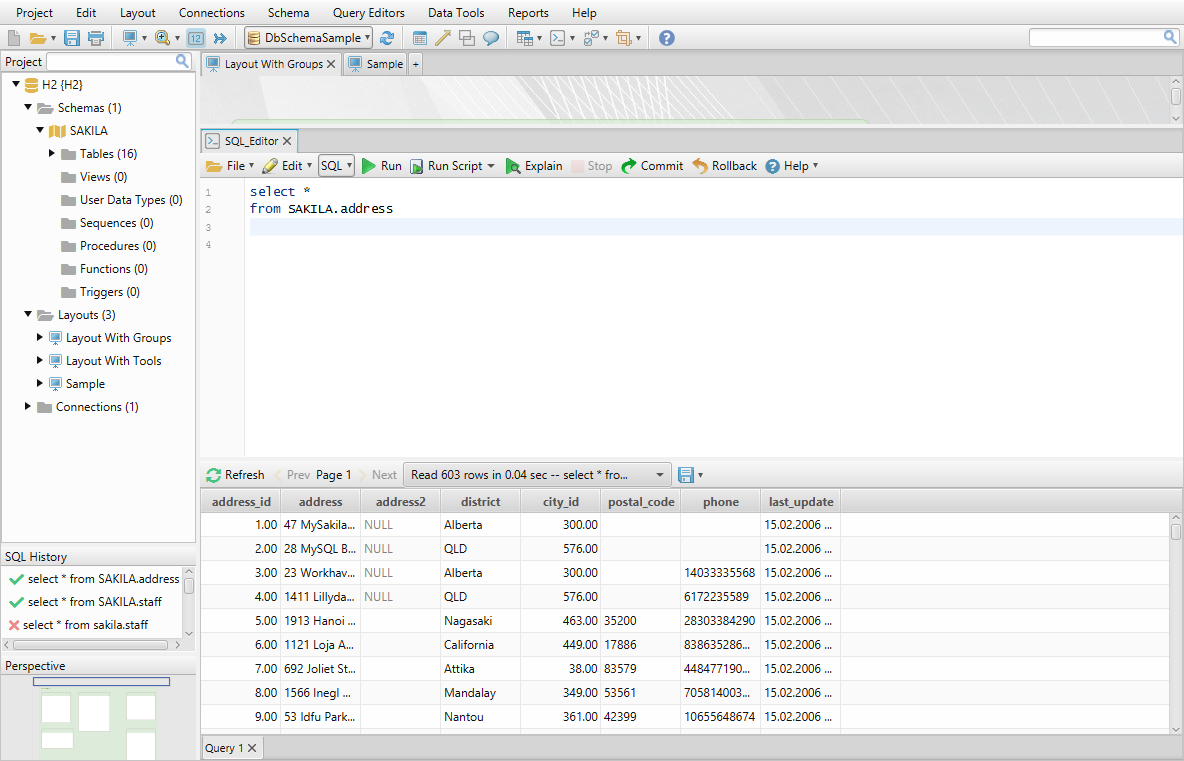

Currently available orthogonal systems, however, often lack the efficiency required to fully harness the possibilities offered by genetic code expansion, especially in multicellular systems. elegans tissues ( Greiss and Chin, 2011 Parrish et al., 2012). Caenorhabditis elegans was the first multicellular organism in which genetic code expansion was established, and the incorporation of ncAA has been demonstrated in multiple C. The genetic code of several single and multicellular systems has been expanded to date ( Brown et al., 2018a). This is achieved by providing orthogonal translation components: an orthogonal aminoacyl-tRNA synthetase (aaRS) paired with a cognate orthogonal tRNA, and assignment of a codon to determine the site of incorporation of a non-canonical amino acid (ncAA) ( Chin, 2017). Genetic code expansion offers the ability to introduce, during translation, functionalities into proteins beyond those offered by the set of canonical, naturally occurring amino acids. Also, with the improved efficiency of the genetic code expansion, this technology could be used to modify proteins other than Cre recombinase and be applied to other artificial amino acids that have been developed in recent years. It allows researchers to precisely control in which cells and when a given gene is switched on or off. These findings show that the LaserTAC system can be used to manipulate gene activity in single cells, such as neurons, using light. However, input from both neurons is required to produce a robust reaction. This revealed that individual neurons within this pair contribute to the touch response in different ways. used this approach to stimulate a pair of neurons sensitive to touch to see how this impacted the roundworm’s behaviour. In the new system, named LaserTAC, individual cells are targeted with UV light that ‘uncages’ the Cre recombinase enzyme so it can switch on a gene for a protein that controls neuronal activity. therefore set out to improve the efficiency of genetic code expansion so that it can be used to study single nerve cells in freely moving roundworms. Although this technique has been used in live animals, its application has been limited due to the small amount of proteins it produces. To overcome this, researchers can use a technology called genetic code expansion which provides cells with the tools they need to build proteins containing these synthetic amino acids.

However, cells do not naturally produce these photocaged amino acids.

When the cell is illuminated with UV light, a part of the amino acid gets removed allowing Cre recombinase to turn on its target gene. The modified Cre recombinase contains an amino acid (the building blocks of proteins) that inactivates the enzyme. This can be achieved by building a photocaged version of the enzyme Cre recombinase which is designed to target specific genes. One way to do this is to switch genes on or off in individual cells as a way to control their neuronal activity. The trick is to activate some nerve cells, but not others, so as to isolate their specific role within the neural circuit. Researchers use various tools to investigate these neural networks in model organisms such as roundworms, fruit flies and zebrafish. Animal behaviour and movement emerges from the stimulation of nerve cells that are connected together like a circuit.


 0 kommentar(er)
0 kommentar(er)
